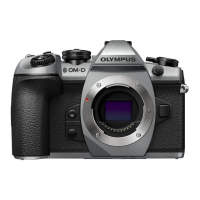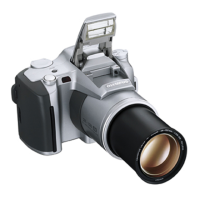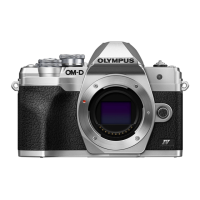Understanding i-- SPEED
i--SPEED 39
trigger event will appear at the beginning of the video clip.
Similarly, a setting of 100% will cause the camera to stop
immediately a trigger is received, and this will place the trigger
event at the end of the recorded video clip.
Since the trigger is an electrical signal, the Olympus i--SPEED may
be set to wait for either the rising or the falling edge of the trigger
pulse.
` Sensor, FPN, FPN Calibration
The image sensor used in the Olympus i--SPEED camera is a
CMOS chip and, like all CMOS imagers, it has the property of
introducing fixed pattern noise (FPN) onto the image. Most HSVC
manufacturers provide some form of c orrection to remove the FPN.
FPN will give the image a gritty appearance, almost as though the
picture has been printed onto sandpaper, and may also produce
thin vertical stripes.
To calibrate the sensor, the user must press the “Calibrate” button
and then completely cover the lens to exclude all light. An
on--screen message allows the user a brief time to do this. The
calibration then occurs and the message is removed once this is
complete.
The control to manually trigger the calibration is found in the config
menu.
` White Balance
The human eye automatically adjusts its colour processing in order
to make white objects look “white” in spite of varying ambient
lighting colour. When viewing video on a monitor, however, the eye
judges white based on the ambient around the monitor, not on the
ambient around the camera. For this reason, a colour camera must
also adjust its processing to compensate for the ambient lighting
and configure its output to produce the electronic v ersion of pure
white (red = green = blue) when a white object is v iewed. In this
way, the camera can render white objects as white on the monitor,
in spite of ambient light coloration. This function is called white
balance.

